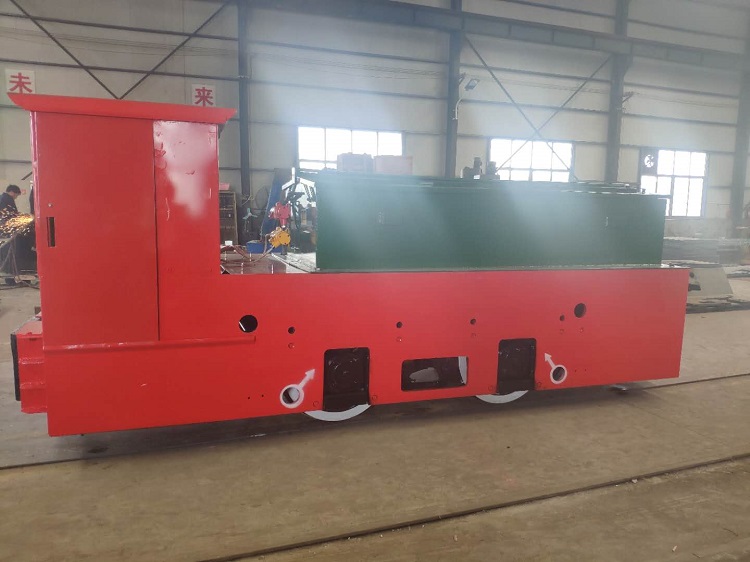Talking About The Maintenance Technology Of Variable Electric Narrow Gauge Locomotive
Date:2020-09-22 Label:
Narrow Gauge Locomotive
Electric Locomotive
Underground Mining Locomotive
I believe everyone already knows the benefits of variable frequency electric locomotive, so how should the variable frequency electric locomotive be repaired? Today, the electric locomotive editor will tell you about the maintenance technology of the frequency conversion electric narrow gauge locomotive.
Repair technology of frequency conversion electric locomotive-use high current heating method to remove the damaged hard winding
Before narrow gauge locomotive the first operation, remove the steel wire or latitude belt tied at both ends of the rotor winding. Then, apply a current source to both ends of the copper strip to be removed. As usual, the current density should reach 30 A mm 2~40 A mm 2 and the heating time is about 3 min. When the appearance of the copper strip is heated to dark red, that is Stop heating (overheating is easy to pull off), and immediately use special tools to pull. With this method, it takes about 6 minutes to remove a copper treaty, which is more efficient.
If you don’t have a ready-made current source, you can find a used transformer or a BX2 type electric welding machine to rebuild (if the required current is large or the request cannot be satisfied due to impedance reasons, you can use two welding machines in parallel). The main point of the reform is: use large cross-section copper core flexible cable (single or multiple parallel) to wind several turns outside the primary winding of the welding machine, adjust the no-load voltage to about 5 V, and control the temporary turn current density to about 6A mm 2.
Then the following three points should be paid attention to during underground mining locomotive maintenance:
1. When underground mining locomotive winding temporary turns, eliminate leakage reactance as much as possible as the criterion;
2. When narrow gauge locomotive two welding machines are used in parallel, their low-level windings must be connected to the unified phase network, and the secondary temporary windings must also be connected with the same name;
3. Welders of different models and specifications cannot be used in parallel. As for the special tools (clamps) for wire pulling, each company can handle them according to their own needs.
